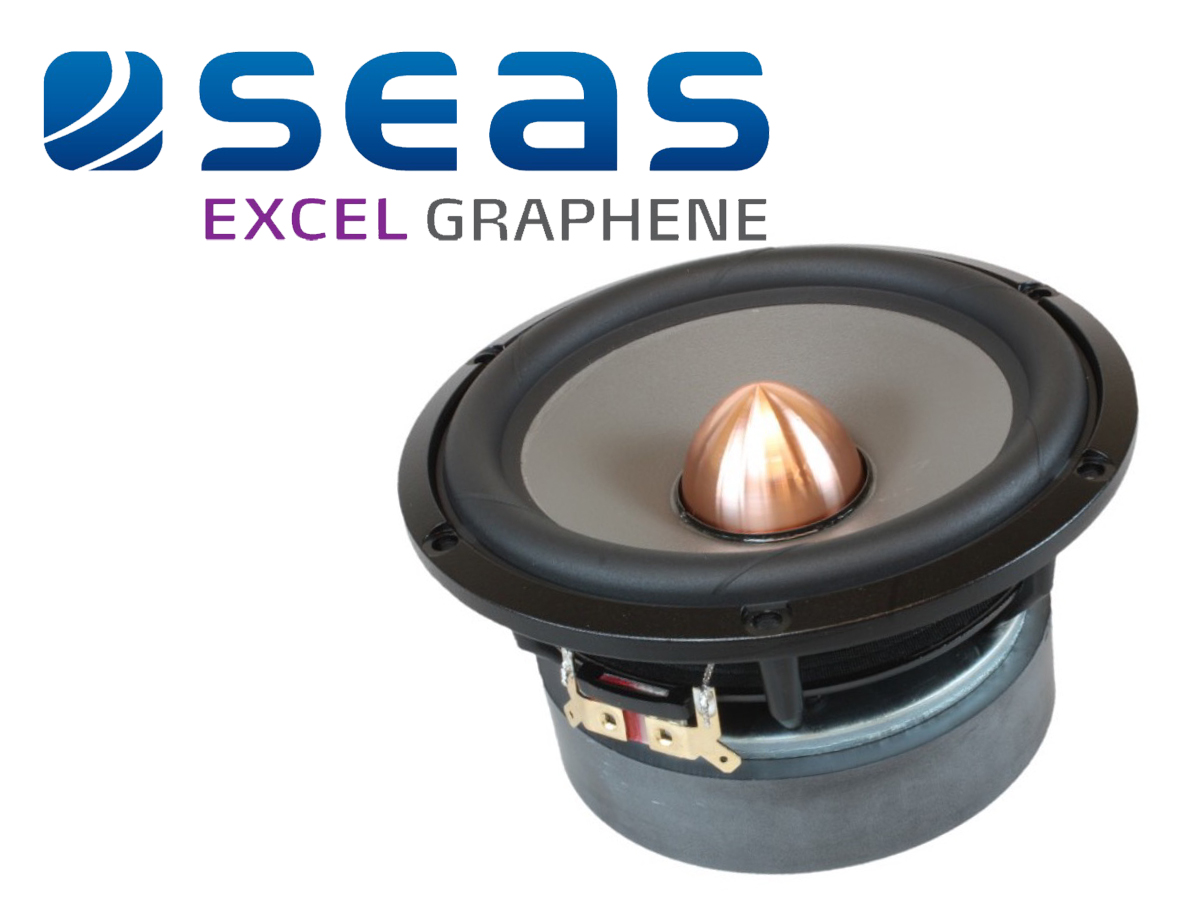I kind of like Textreme in this case, at least for Tweeters. It's price/value ratio is stellar and they give Beryllium and Titanium a run for the money.
This isn't a personal attack just adding some engineering facts to burst the bubble of some marketing implications I have seen about materials in speaker cone/domes.
I hadn't heard of Textreme, so I looked it up.
It is a trade name of one of the carbon fibre vendors.
The actual performance of any carbon fibre part is every bit as much dependant on weave, fibre orientation and resin content as it is on the fibre mechanical properties themselves.
It is often just the fibre properties which are quoted when talking about carbon fibre and the actual performance of a complete woven component will actually be nowhere near that because of non homogeneous structure, non straight fibres due to weaving and the resin mass. Using unidirectional fibres gets rid of the non-straight fibre problem but is much harder to lay up into 3D curves like a speaker driver.
I would think a tweeter would actually be the driver
least suited to having good performance if made from carbon fibre, it could be good but very expensive for mid and bass drivers if properly designed and excecuted.
Carbon fibre is a brilliant material, I have been using it in Formula 1 car parts since 1977 but the name is used nowadays almost as an implication of magic properties it doesn't have and it has even become fashionable in shiny resin rich panels for embelishment

- which is a dreadful waste of a good engineering material IMHO.
Next, it is incorrect imply any equivalence between Titanium and Berillium.
Titanium has about the same specific stiffness as aluminium and magnesium (and steel fwiw) so a titanium part the same weight as an aluminium part will not be any stiffer, less so probably because the Ti part will have to be thinner since it is denser than either.
Berillium OTOH has a much higher specific stiffness than these other metals so a piece the same weight will be stiffer or a piece the same stiffness will be lighter. Take your pick.
From its mechanical properties I actually would expect titanium to have the worst breakup characteristics of any metal being used for tweeters.
The only other material with competitive mechanical properties to Berillium is Boron and realistically no Boron manufacturing process could make a speaker driver moving part, fibres are about it - hence its use in cartridge cantilevers.

